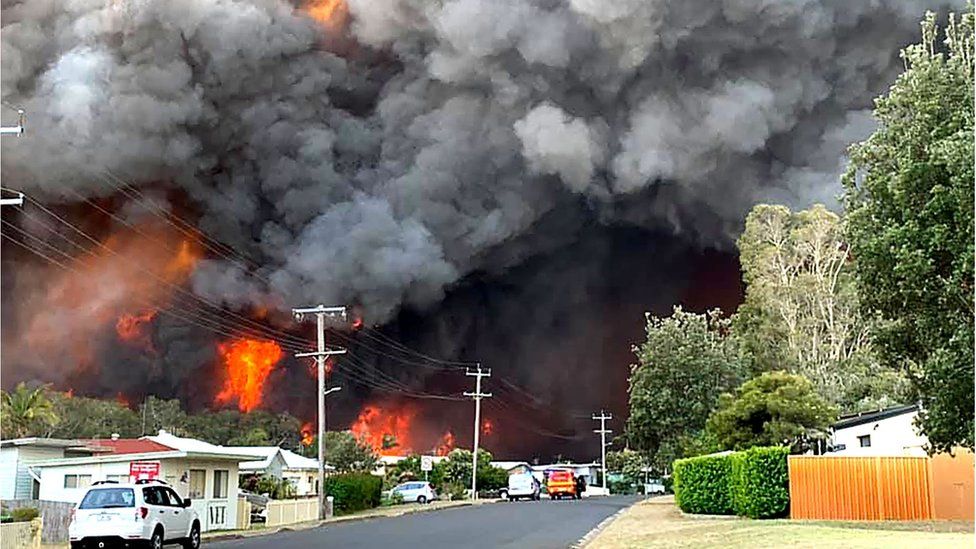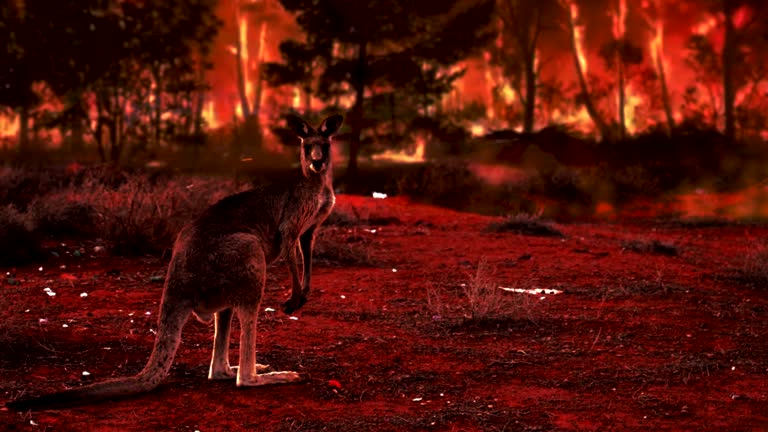Beyond Conformity: Enhancing Residential Or Commercial Property Safety And Security with a Comprehensive BAL Report
Beyond Conformity: Enhancing Residential Or Commercial Property Safety And Security with a Comprehensive BAL Report
Blog Article
Necessary Tips for Bushfire Monitoring to Make Sure Fire Security

Recognizing Bushfire Risk Levels
Understanding the varying levels of bushfire threat is essential for effective planning and preparation in mitigating potential hazards to homes and lives. Bushfire danger levels are generally categorized based upon aspects such as climate conditions, gas availability, topography, and historic fire behavior. By understanding these threat people, degrees and areas can proactively execute strategies to reduce susceptability and improve resilience despite prospective bushfire events.
The very first degree of bushfire risk is low threat, where the possibility of a bushfire happening and triggering significant harm is very little. High-risk levels symbolize a significant risk, with conditions conducive to quick fire spread and severe fire behavior.
Recognizing these bushfire threat levels makes it possible for stakeholders to tailor their readiness and action activities accordingly, guaranteeing a proactive and effective method to bushfire monitoring.
Developing a Defensible Area
Effective bushfire administration starts with developing a defensible space around residential or commercial properties to improve security versus possible fire dangers. A defensible area is a buffer area that creates an obstacle between a structure and the surrounding flammable plant life. This space acts as a vital line of protection, offering firefighters a secure area to operate and helping to reduce the risk of a fire spreading to the building.
When creating a defensible room, it is vital to take into consideration the layout of the residential or commercial property and the surrounding landscape. Clearing greenery, specifically very flammable plants, within a specific span of the residential or commercial property can aid protect against the fast spread of fires. In addition, preserving a well-irrigated zone around the residential or commercial property can even more improve its defensibility.
Routine maintenance of the defensible area is crucial to ensure its efficiency. This includes trimming overhanging branches, clearing dead plant life, and maintaining the area without particles. By spending time and initiative into developing and maintaining a defensible room, building proprietors can significantly boost their opportunities of shielding their homes and properties during a bushfire.
Executing Fireproof Landscape Design
When developing landscapes to reduce the risk of bushfires, integrating fire-resistant elements is crucial for enhancing residential property protection and minimizing fire hazards. Carrying out fireproof landscaping entails tactical preparation to develop a defensible room around structures. Beginning by selecting fire-resistant plant species that are less likely to fire up and produce lower degrees of flammable products. Select plants with high dampness web content, low oil content, and very little dead plant life to lower the danger of fire spread. Furthermore, preserve ample spacing between plants and keep them appropriately trimmed to stop fire from quickly leaping in between vegetation.

Producing an Emergency Emptying Strategy
Developing a comprehensive emergency discharge plan is crucial for making certain the safety and wellness of individuals throughout prospective bushfire incidents (BMP). An efficient evacuation plan ought to detail clear treatments to follow in case of a bushfire risk, including marked emptying routes, assembly factors, and communication methods
To start developing an emergency situation discharge strategy, it is vital to analyze the specific threats and vulnerabilities of your place. Determine several evacuation paths that lead to risk-free areas far from the fire, taking into consideration variables such as terrain, roadway availability, and prospective threats. Develop interaction channels to alert citizens of an approaching discharge, making use of methods such as alarms, text signals, or door-to-door notifications.
On a regular basis testimonial and exercise the emptying strategy with all locals or neighborhood participants to make sure everybody understands their obligations and duties. Conduct drills to test the effectiveness of the plan and make any type of necessary modifications. By having a well-prepared discharge strategy in position, you can improve the opportunities of a risk-free and orderly discharge during a bushfire emergency situation.
Keeping Fire Safety And Security Equipment
After establishing a thorough emergency emptying strategy for bushfire events, it is necessary to focus on the normal upkeep of fire security equipment to ensure optimum performance and preparedness. Routine maintenance of fire safety devices such as fire extinguishers, smoke detectors, fire alarm systems, and automatic sprinkler is critical in securing lives and home throughout a bushfire. Performing routine inspections, testing, and maintenance of these devices by certified experts is vital to ensure they remain in working order when needed.
Fire extinguishers need to be examined on a visit the website regular basis for stress levels, noticeable damages, and proper performance. Smoke detectors need to have their batteries replaced at least yearly and go through month-to-month screening to ensure they are functional. Fire alarm systems and automatic sprinkler should be checked occasionally to verify they are linked and functioning properly. In addition, it is essential to keep fire safety and security devices accessible, unblocked, and clearly classified for very easy identification throughout an emergency. By vigilantly keeping fire safety and security tools, individuals can improve their readiness and action abilities in case of a bushfire.
Conclusion
Finally, effective bushfire administration includes understanding risk levels, producing defensible rooms, carrying out fire-resistant landscape design, developing discharge strategies, and preserving fire security devices. By complying with these vital ideas, individuals can make certain better fire security and security for their properties and neighborhoods. It is very important to prioritize proactive measures to alleviate the risks connected with bushfires and to be prepared for emergency situations.
By understanding the subtleties of bushfire risk degrees, establishing defensible areas, implementing fire-resistant landscaping, producing thorough evacuation plans, and making certain the maintenance of fire safety and security devices, areas and individuals can dramatically strengthen their strength versus the ravages of wildfires - BAL Report. These pointers are not only vital for protecting against immediate fire threats however likewise for promoting lasting fire protection view methods that can make a substantial difference in the face of rising bushfire threats
High-risk levels represent a substantial danger, with problems conducive to fast fire spread and extreme fire behavior. Normal maintenance of fire safety and security equipment such as fire extinguishers, smoke detectors, fire alarm systems, and sprinkler systems is vital in protecting lives and building during a bushfire.In final thought, efficient bushfire administration involves understanding threat levels, creating defensible rooms, carrying out fire-resistant landscaping, establishing discharge plans, and keeping fire security Full Report tools.
Report this page